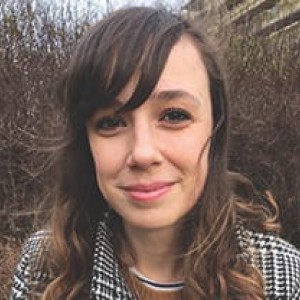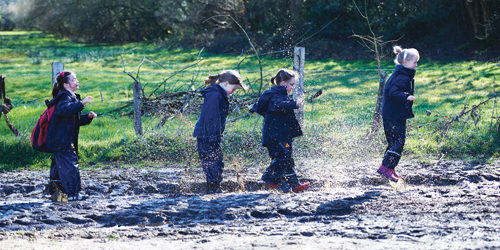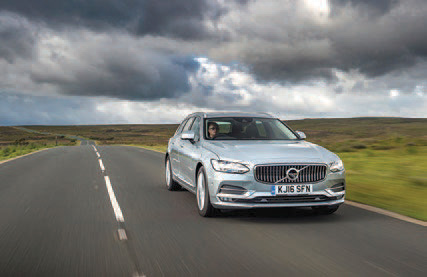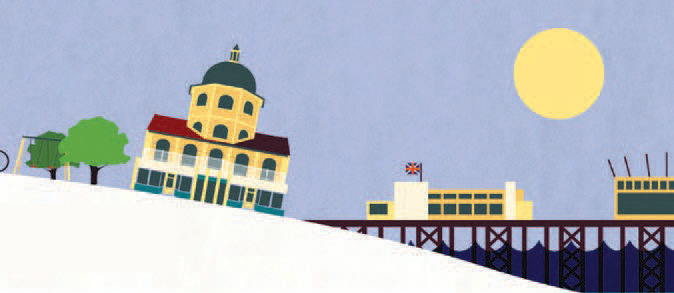
The glassy canal of Konigsallée is tinged deep blue by the sky above it. It is sandwiched by two rows of plane trees flourishing with lime green foliage. On both sides, well heeled shoppers relax at bistro tables, giving their credit cards a well deserved break after flexing them at Hermés, Prada, Versace and Cartier – some of the luxury flagship stores located along this leafy avenue.
Clusters of somewhat scruffier folk linger at the traffic lights on Konigsallée’s corners, but they aren’t waiting to cross the street. When the red light flashes, so do the crowd’s cameras, as one exotic sports car after another slows to a halt – a yellow Lamborghini Garlado Roadster here, a bubblegum blue Ferrari 599 GTB Fiorano there. These car spotters are in their element in Dusseldorf, where there are more millionaires than any other German city, appoximately one per 1,500 people.
Dusseldorf’s strong economy is diverse, and the North Rhine-Westphalia’s GDP of approximately €645 billion is propped up by a range of industries thriving within the city, including automotive manufacturing, ICT, finance, chemistry and fashion. In terms of international investment, Dusseldorf’s convenient position in the northwestern corner of Germany, within close proximity to Belgium, the Netherlands and France, has been sought after by one nation in particular.
“After the Second World War, Japanese companies settled here because of Dusseldorf’s strong geographical location, in the hope of trade with western nations,” says my tour guide, Marion. “Now, we have somewhere between 550 and 650 companies from Japan here”. These companies include Fujitsu and department store chain Mitsukoshi.
Dusseldorf is also home to the third largest Japanese population in Europe (after London and Paris, respectively). There’s even a “Little Tokyo” district in the centre of the city. A couple of minutes on foot from Dusseldorf Hauptbahnhof station is Immermannstrasse, the main drag of the city’s Japanese quarter (where Japan’s Chamber of Commerce is also located). Along here, and along the streets branching off of it, are Japanese supermarkets, bookstores, bakeries and restaurants, including Na Ni Wa (naniwa.de) where, any day of the week, you’ll see people sitting on benches outside, queuing for delicious bowls of noodles and soup.
As well as Little Tokyo, Dusseldorf has also gained the moniker of “Little Paris”, thanks to its internationally renowned fashion industry. Its innovative fashion scene is rooted in the city’s avant-garde art culture, which challenges fixed perceptions of art. “The art scene here is moulded by the Dusseldorf Art Academy,” says local art historian Natalia Gershevskaya, who moved here from St Petersburg. “In the Sixties, it was artists like Joseph Beuys who formulated a new concept of art. Then came the whole generation of the avant-garde artists, who expressed their creativity not only through their art, but also through their lifestyle”.
This rejection of fixed definitions of art, and the experimental work of Dusseldorf’s avant-garde pioneers, influenced the concept that fashion could, in fact, be an art form. The two art forms went hand-in hand and today, the city has become known for its innovation in both fields. Today, art lovers still travel to Dusseldorf to request specially commissioned pieces; and the city stages several international fashion trade fairs, including Gallery (gallery-duesseldorf.de), which takes place twice annually. There are 800 show rooms within its limits, where fashion buyers come from afar to seek out striking clothing to sell be sold back at home.
What’s more, there are seven fashion schools and, aside from the established designers, a slew of emerging talent. While some feel the city could do more to support young self-starters, who often move on after graduating due to the lack of funding and expensive rental fees, Dusseldorf’s creative streak is tangible throughout the city. “We have a very good creative scene and a really collaborative atmosphere,” says Marion Strehlow (marion-strehlow. squarespace.com) a Dusseldorf-based designer. “Because we’re a small city, everybody knows everybody, and there’s a lot of mutual respect between musicians and artists here”.
Though Dusseldorf’s centre gleams with sleek shiny car bonnets and swanky shopping centres, its suburbs harbour a subversive spirit and a more bohemian culture, conducive to the free-flowing of ideas. Artistic collaborations abound, and there are a number of festivals where visitors can witness these in action, such as Open Source (open-source-festival.de) which takes place in July, and provides a platform for some fascinating co-creative projects. “Artists, musicians and fashion designers all come together here, often through self-initiated events,” says Gershevskaya. “It’s extremely productive for all parties, and it makes the city of Dusseldorf a very interesting place to be”.
Top places for a meeting/event
Messe Dusseldorf
Dusseldorf’s big daddy conference venue lies northwest of the city centre – a ten-minute taxi ride from the airport. Covering 305,000 sqm, with another trade hall being added for 2019, it staged 23 leading global trade fairs last year, and welcomed 1.5 billion visitors. messe-duesseldorf.com
K21 Staendehaus
This striking art venue, comprising 22 rooms set over three levels, presents the work of groundbreaking international artists within its airy, modern spaces, which can be hired for events, workshops or group tours. kunstsammlung.de





